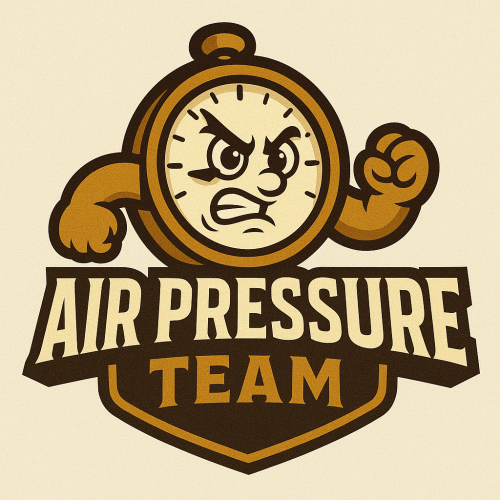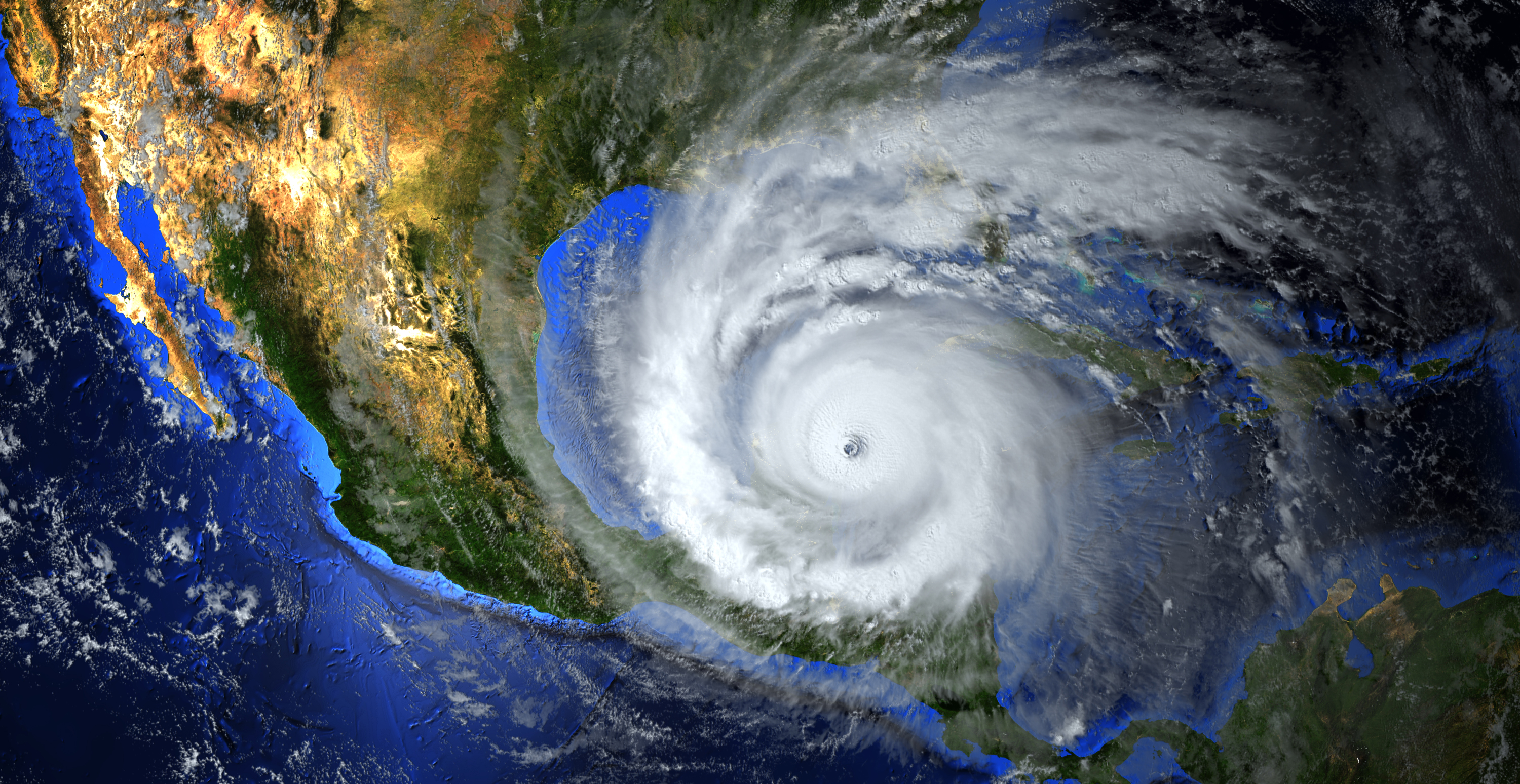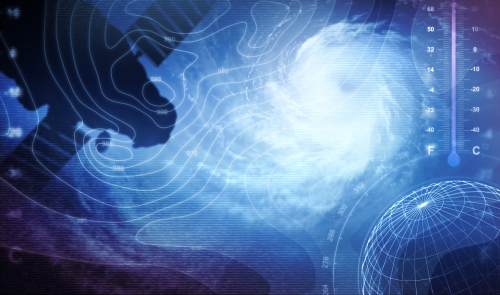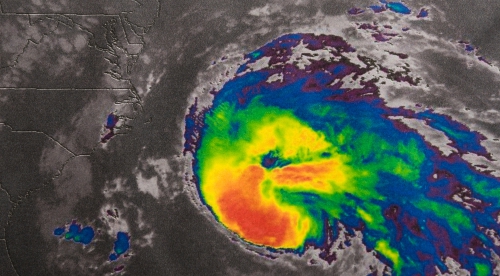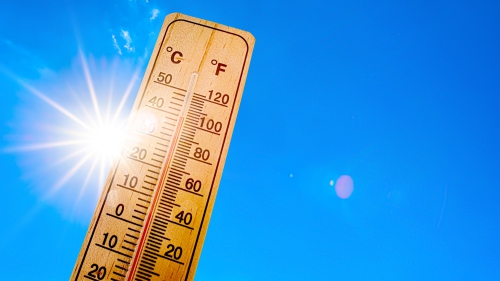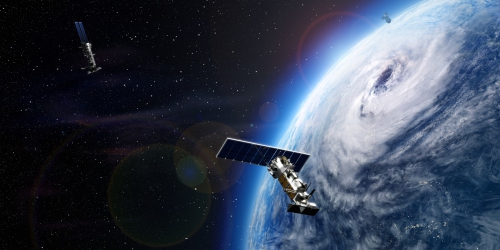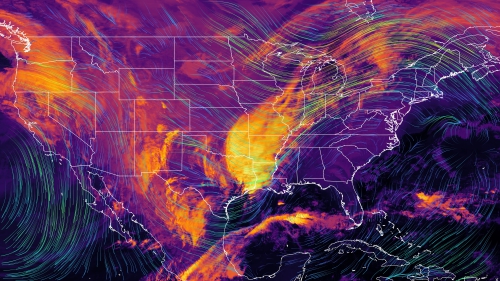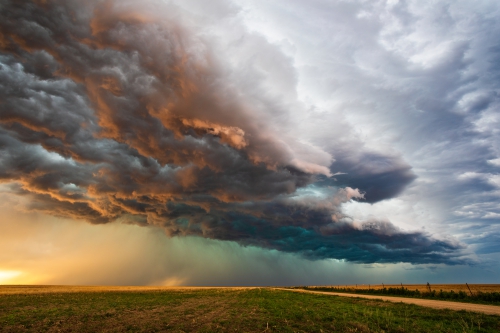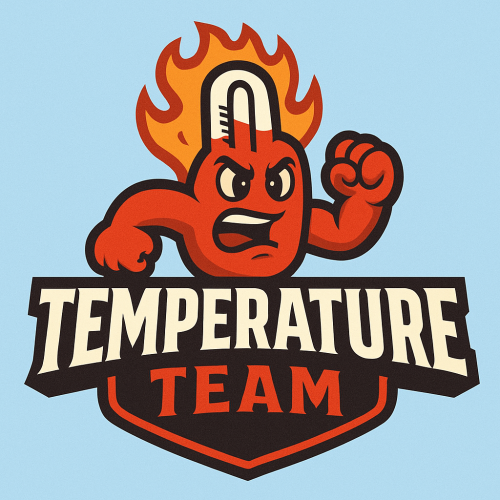e-Missions.net: Storm-e (New York City version)
We at Weather Central need your help. Plans are being finalized for the annual New Year’s Eve celebration in New York’s City’s Times Square. Since nor’easters are common along the East Coast of the United States, event officials have asked us for timely, accurate weather forecasts. They will use our reports to decide whether to hold this event.
Several conditions determine the weather: air pressure, fronts, temperature, dew point, winds, and clouds. As a meteorologist, you use maps, graphs, and charts to study these conditions. Then you make a prediction.
Storm-e is an engaging, culminating event to any weather unit. The classroom becomes a command center of experts to make weather predictions. Air pressure, humidity, temperature, and wind data is analyzed by your team of experts and they are asked to help make decisions to hold or cancel outdoor events based on maps, charts, graphs, and satellite images provided to each team.
Standards
weather: air pressure, humidity, temperature & wind, graphing, graph interpretation, math in everyday life.

